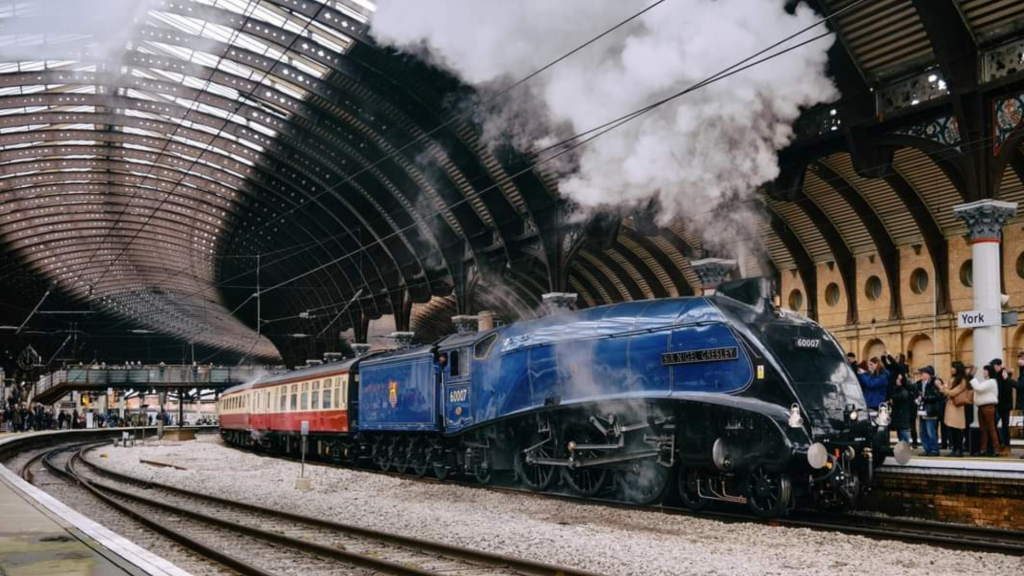
In the heart of railway history, where iron giants once ruled the tracks, there emerges a legendary locomotive that refuses to be forgotten –
‘60007 Sir Nigel Gresley‘
This majestic steam engine, built in the mid-20th century, stands as a testament to the artistry and engineering prowess of a bygone era and has earned her place in history not only for her speed but also for her iconic design and enduring legacy. Built in 1937, she is part of the A4 Pacific Class, a family of streamlined, high speed locomotives designed for operation on the East Coast Main Line.
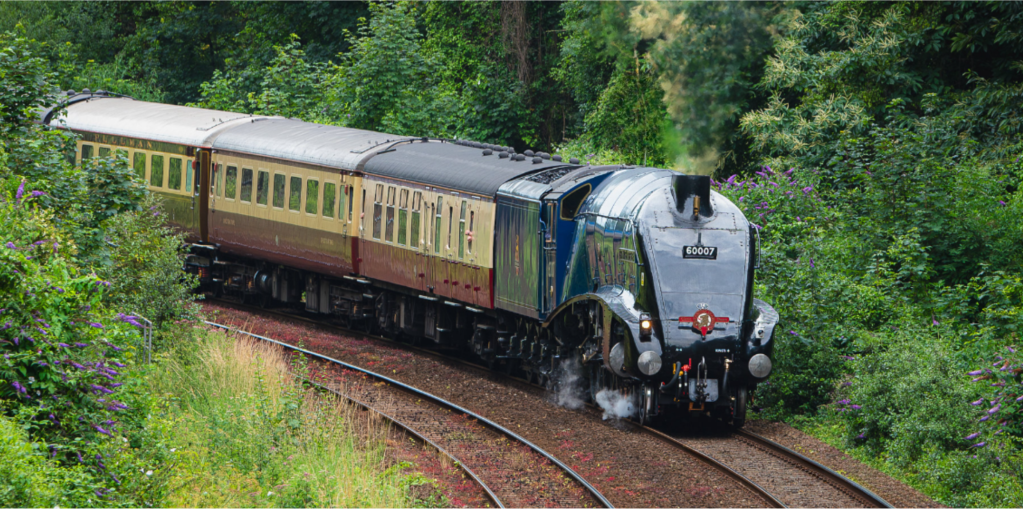
Her long, sweeping lines and a streamlined front evoke a sense of grace, reminiscent of a bygone era when trains were more than just a means of transportation—they were symbols of progress and modernity.
With her sleek exterior and distinctive BR blue livery, Sir Nigel Gresley exudes a timeless elegance that captures the imagination of both railway enthusiasts and casual observers.
Beyond her aesthetic appeal, 60007 has an impressive track record, quite literally. In her prime, she set a post-war speed record for steam locomotives, reaching an astounding 112 miles per hour in 1959. This accomplishment solidified her place in the annals of railway history, demonstrating the power and ability of steam-driven technology.
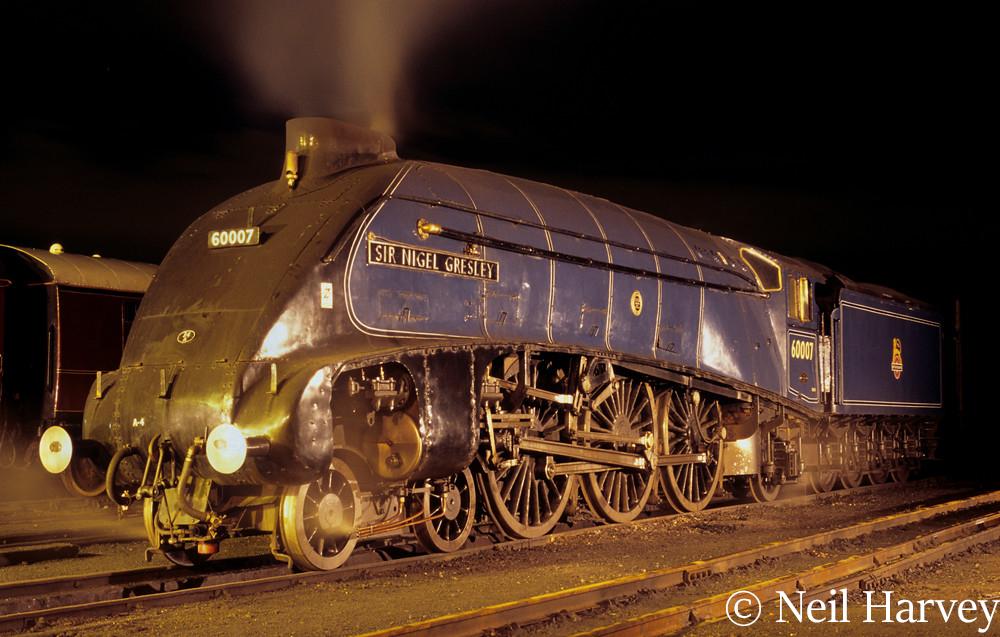
The LNER A4 Class locomotives, exemplars of steam-era engineering, epitomized speed and elegance.
Introduced in the 1930s by the acclaimed Chief Mechanical Engineer, Sir Nigel Gresley CBE, of the London and North Eastern Railway. These marvels, such as the renowned 60007 Sir Nigel Gresley, 60022 Mallard, 60009 Union of South Africa, and 60019 Bittern to name a few, were specifically crafted for express passenger services. Their distinctive design not only helped to set various speed records, but also captivated hearts with its aesthetic allure.
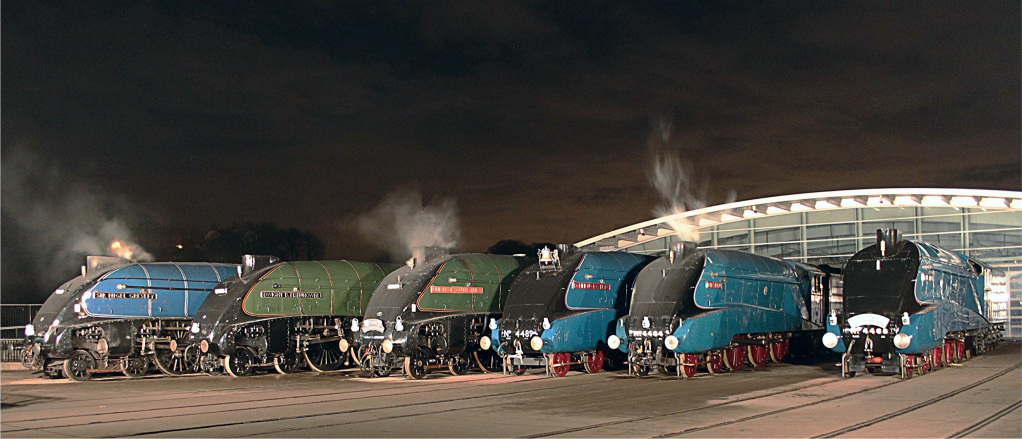
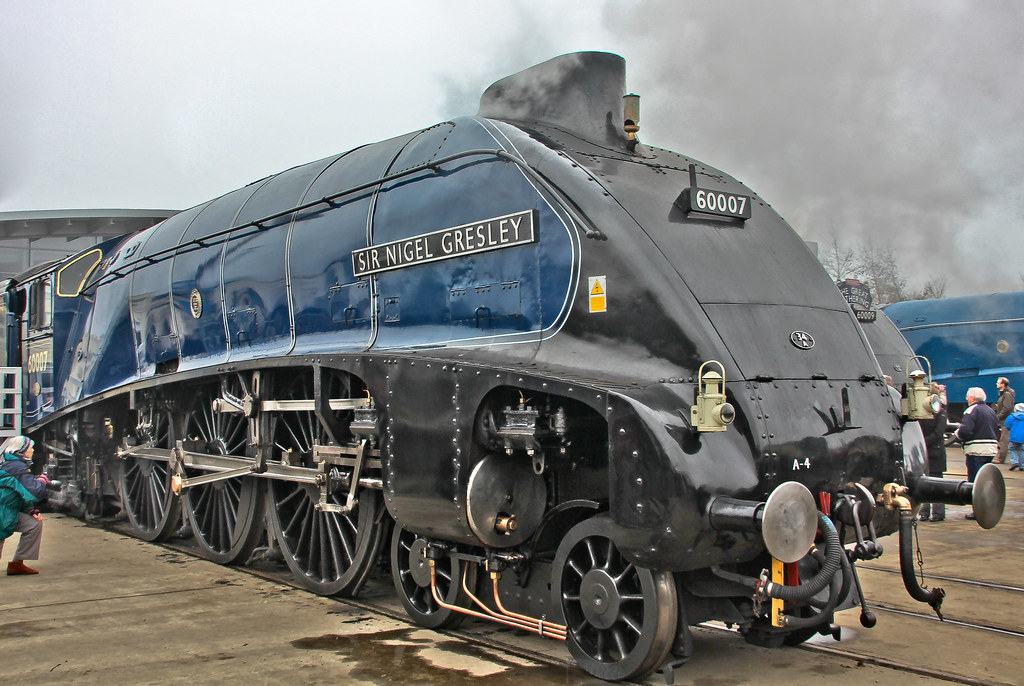
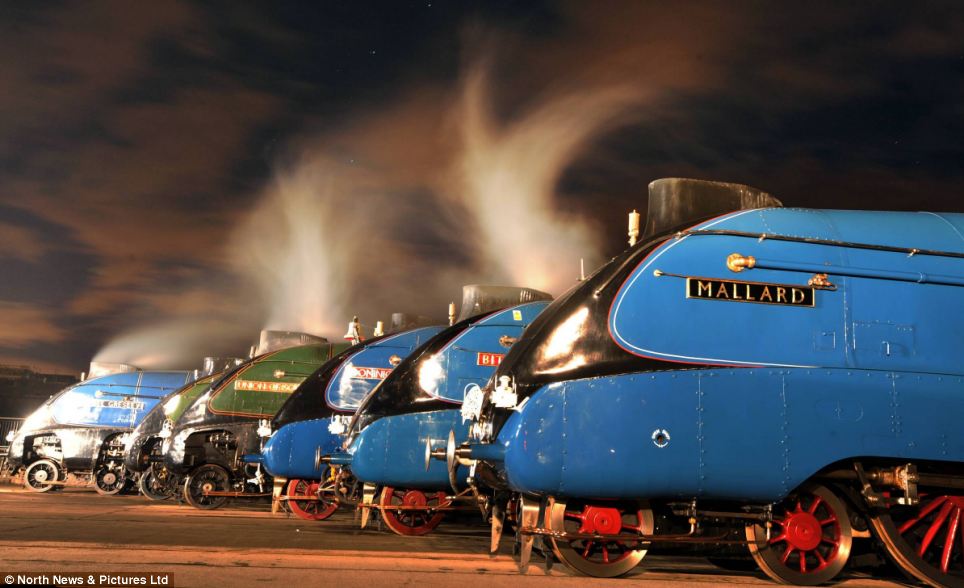
Fast forward to the present day, and 60007 Sir Nigel Gresley is not merely a relic of the past; she’s a living testament to the dedication of preservationists and
railway enthusiasts.
Restored and maintained with meticulous care by the Sir Nigel Gresley Locomotive Trust, she embarks on special excursions and charters, allowing a new generation to experience the magic of steam travel.
Every puff of steam, every rhythmic chug of her wheels, tells a story of a bygone era. It’s a journey back in time, a symphony of steam, coal, and iron that resonates with the romance of rail travel.
As 60007 continues to roll down the tracks, she carries with her not just passengers but the collective memories of an era when the world was bound together by the steel threads of railways, like the Second World War, when she was called to perform her duty, as were all locomotives of the age.
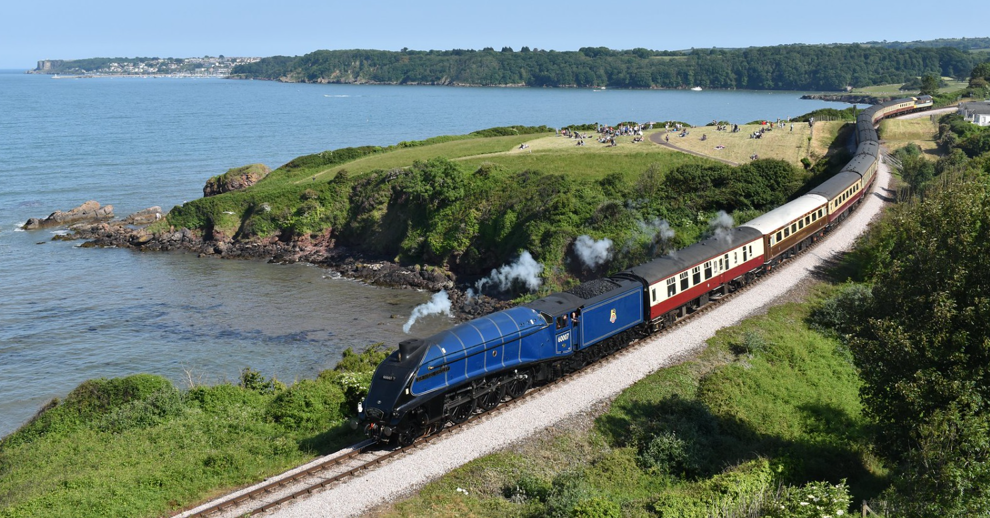
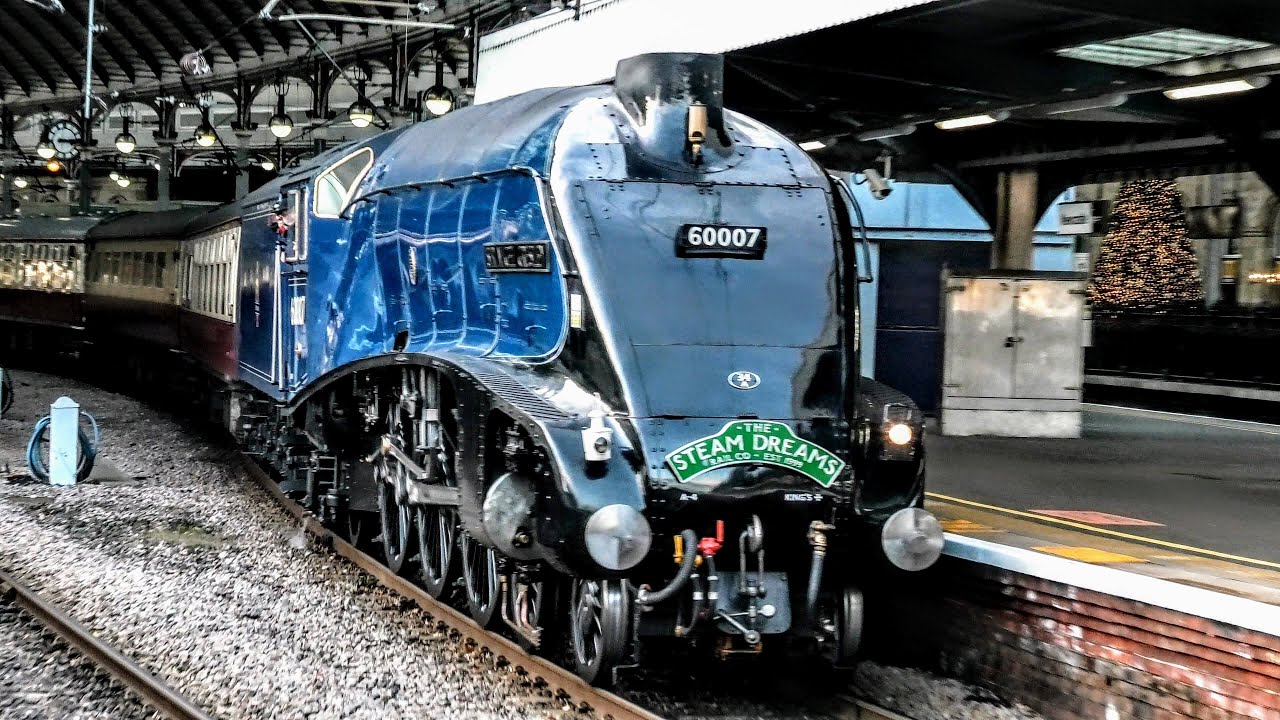
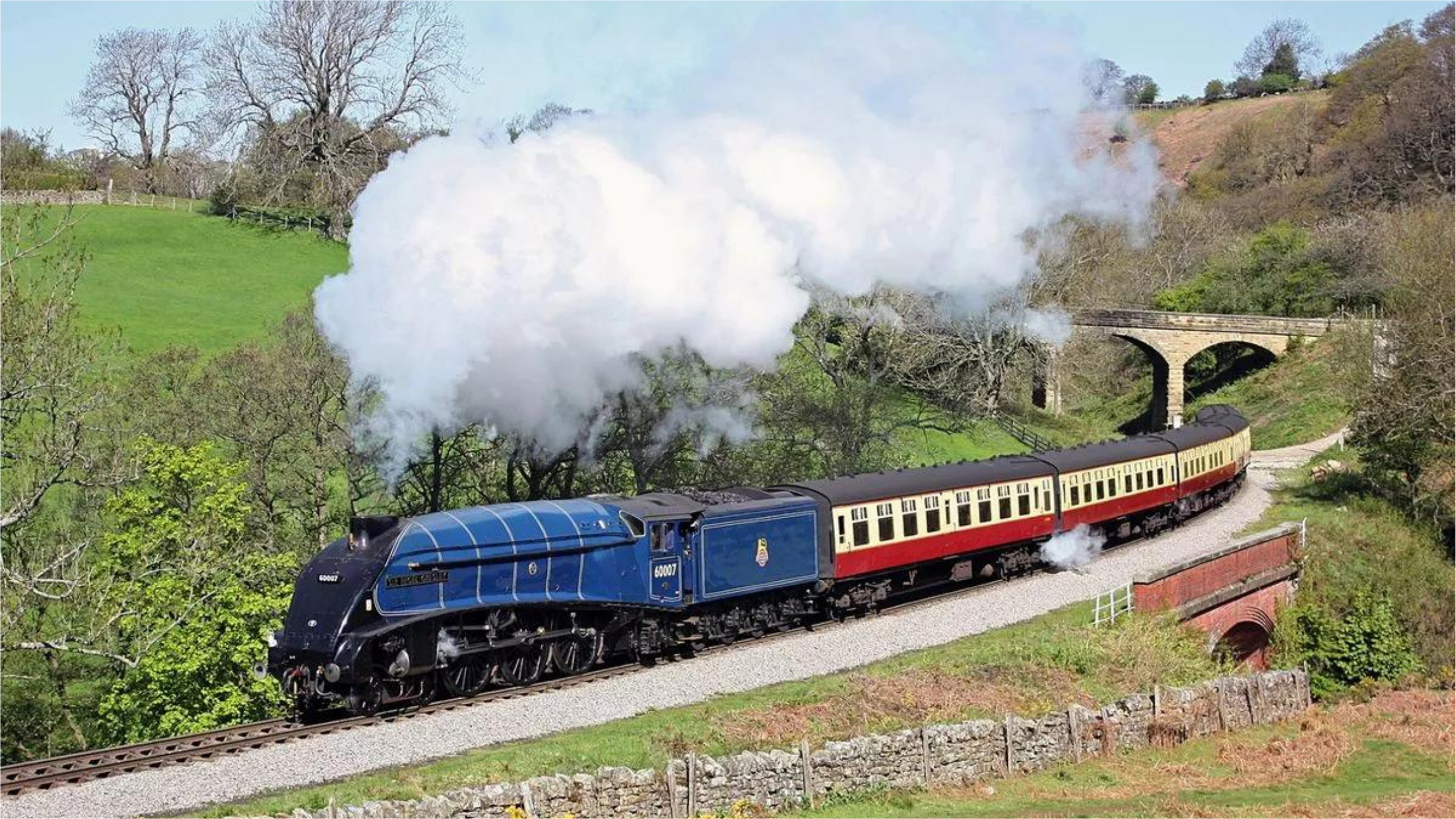
MT PRODUCTIONS | STEVE LEE – NYMR
World War II had a profound impact on rail transport, prompting significant changes.
Streamlined rail services ceased on August 31, 1939, as railways faced unprecedented demands for evacuation, freight, and troop transport amid wartime conditions. The iconic Kings Cross A4 locomotives, initially stored in 1939, were brought back into service due to escalating pressure on the rail network during the war.
Chief Mechanical Engineer Edward Thompson, succeeding Sir Nigel Gresley CBE , played a crucial role in 1942 by overseeing modifications to repurpose the A4s for heavier wartime loads. Thompson modified the valve gear to address starting issues under increased loads and removed the fairings from the A4s for easier maintenance access. These skirts were not replaced after the war, except for Mallard, who was restored to her original condition.
VARIOUS RAILWAY WARTIME POSTER – NRM ,
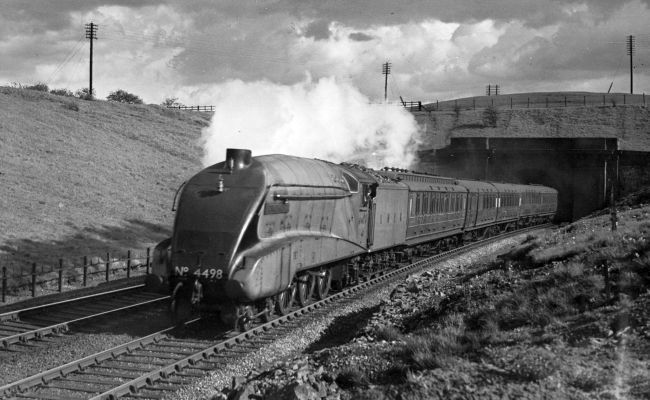
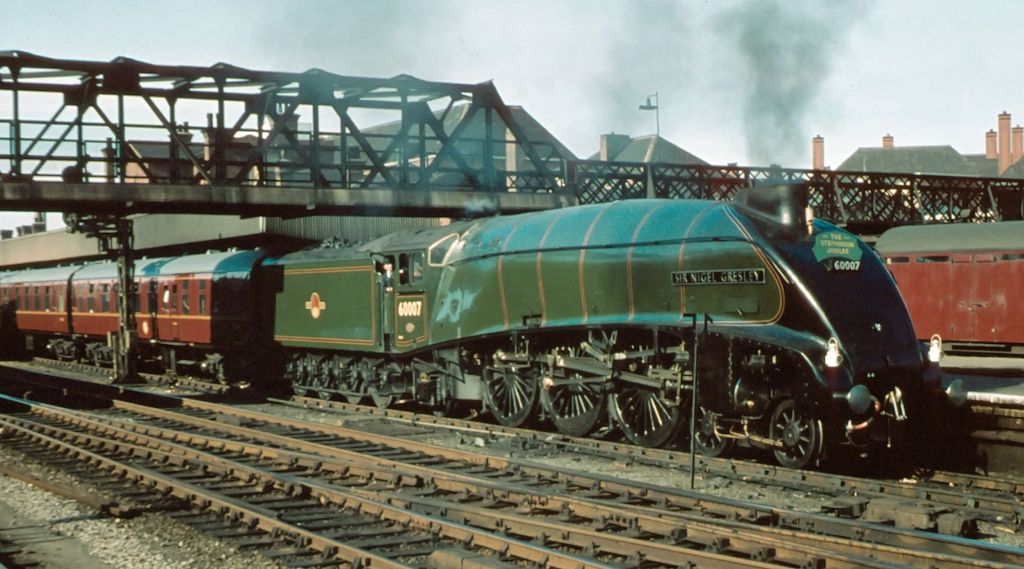
During the war, most locomotives including the A4’s were repainted in ‘wartime black’. This was to be both less visible to enemy aircraft and for practical reasons. Dark paint proved cost-effective, required less maintenance, and represented a more efficient use of wartime resources.
During World War II, drivers and firemen confronted a myriad of dangers in their daily duties. Operating trains amidst air raids posed constant peril, with railway lines often targeted for strategic bombing. They often had to make split-second decisions, such as whether to continue their journey or seek shelter during an air raid. In many cases, they bravely pressed on, navigating through bombed-out landscapes and damaged infrastructure to their destinations. Compounding these dangers was the worsening quality of coal, a vital fuel for locomotives. As resources became scarce, the coal used varied in quality and consistency, increasing the risk of inefficient combustion and boiler explosions. Despite these adversities, drivers and firemen remained unsung heroes of the war, their courage and dedication ensuring that vital transportation links remained operational, playing a crucial role in sustaining the nation during one of its darkest periods.
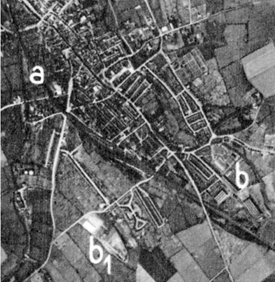
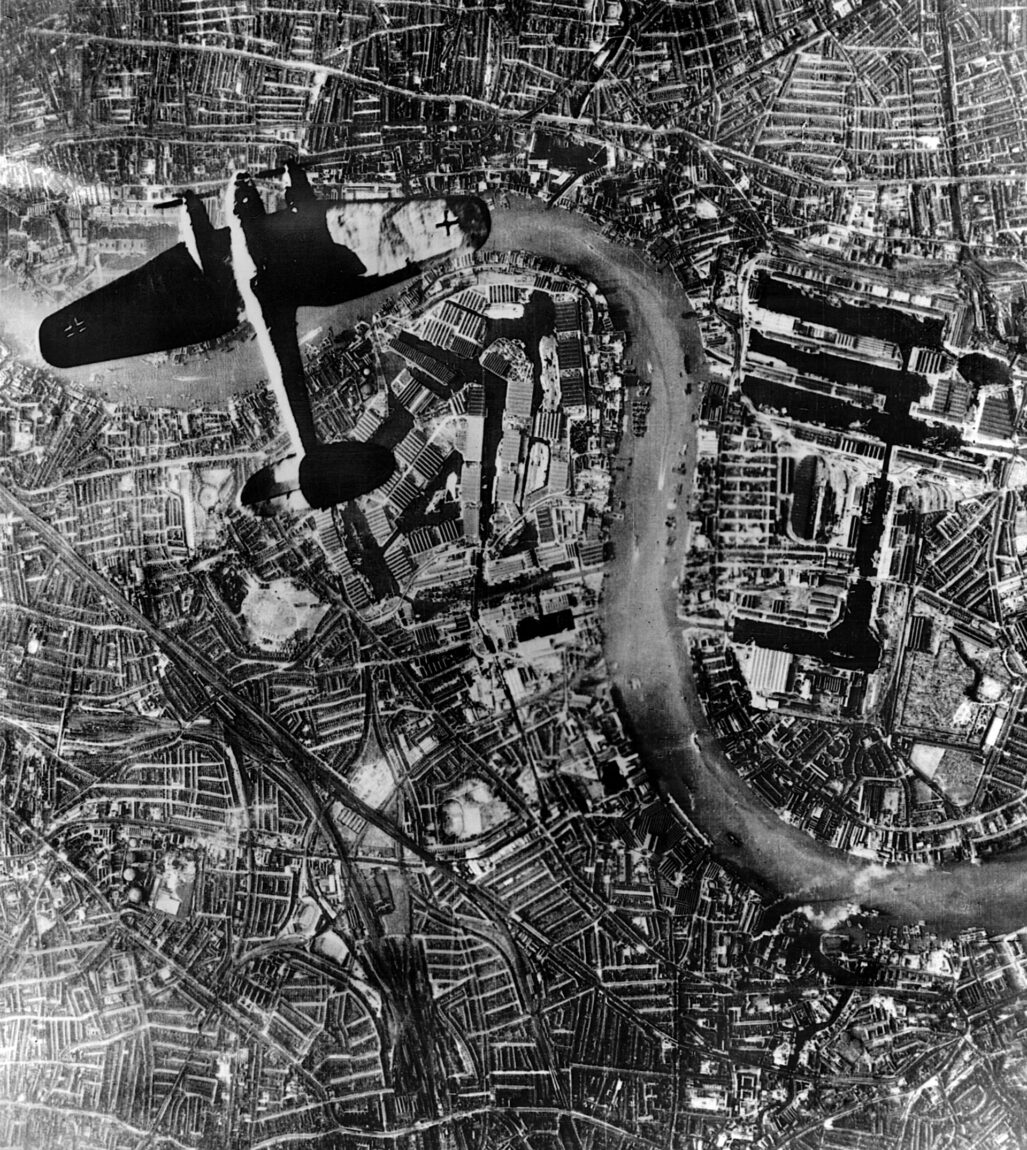
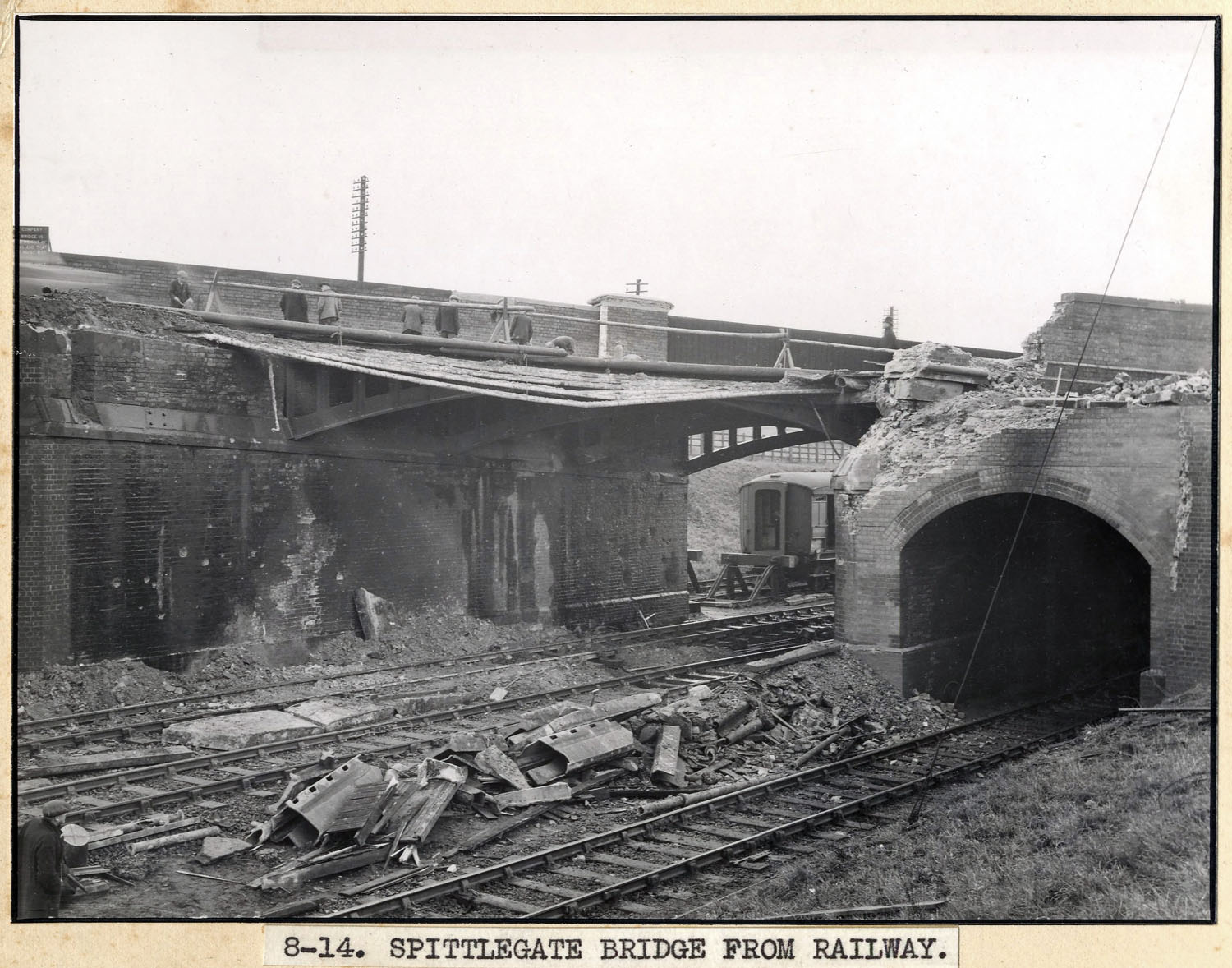
(TOP L-R) PART OF A PHOTOGRAPH ISSUED TO LUFTWAFFE BOMBER CREWS CARRYING OUT DAYLIGHT RAIDS ON GRANTHAM. TARGETS IDENTIFIED IN THE KEY INCLUDE (A) RAILWAY ON THE WEST EDGE OF TOWN (B) INDUSTRIAL EQUIPMENT (B1) WEAPONS FACTORY – COLOPTICS.COM | A HEINKEL HE 111 BOMBER FLIES OVER THE THAMES RIVER AND THE EAST END DOCKLANDS AREA | BOMB DAMAGE TO SPITTLEGATE BRIDGE IN GRANTHAM – WALTER LEE, GRANTHAM LIBRARY COLLECTION © LINCOLNSHIRE COUNTY COUNCIL
60007 glided through the war unscathed but severe bomb damage in 1942 led to the scrapping of her sister locomotive, 4469 Sir Ralph Wedgwood after a German bombing raid in York on 29th September 1942. You can see Sir Nigel Gresley running in ‘wartime black’ in 2022, in the video below from You Tube Channel and enthusiast @themodster.
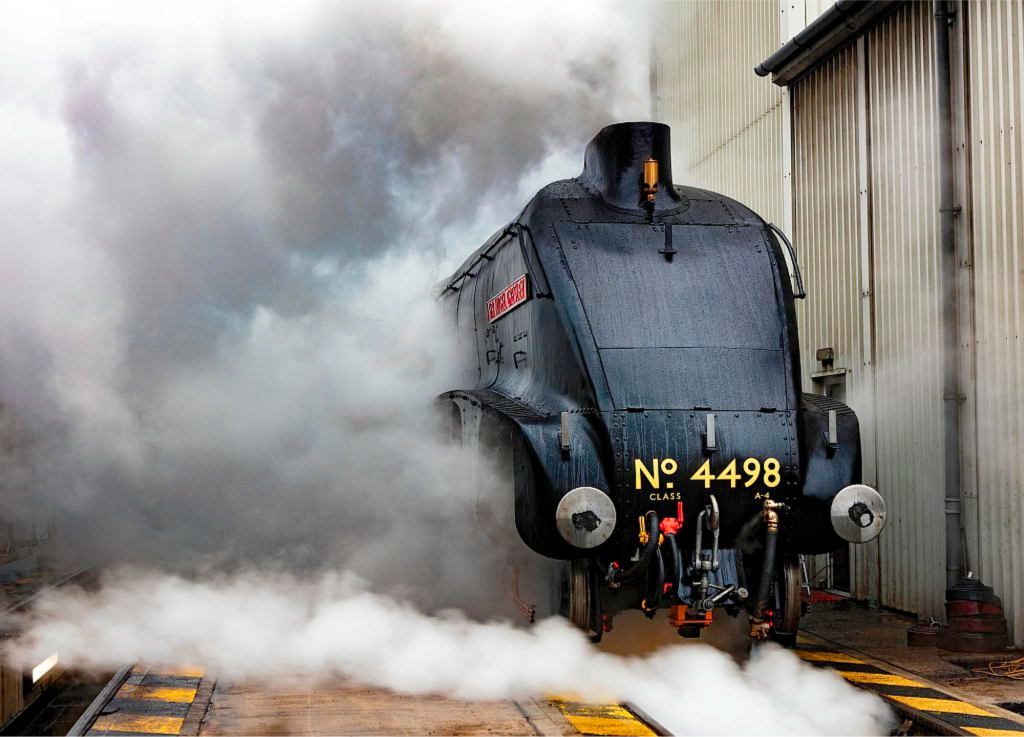
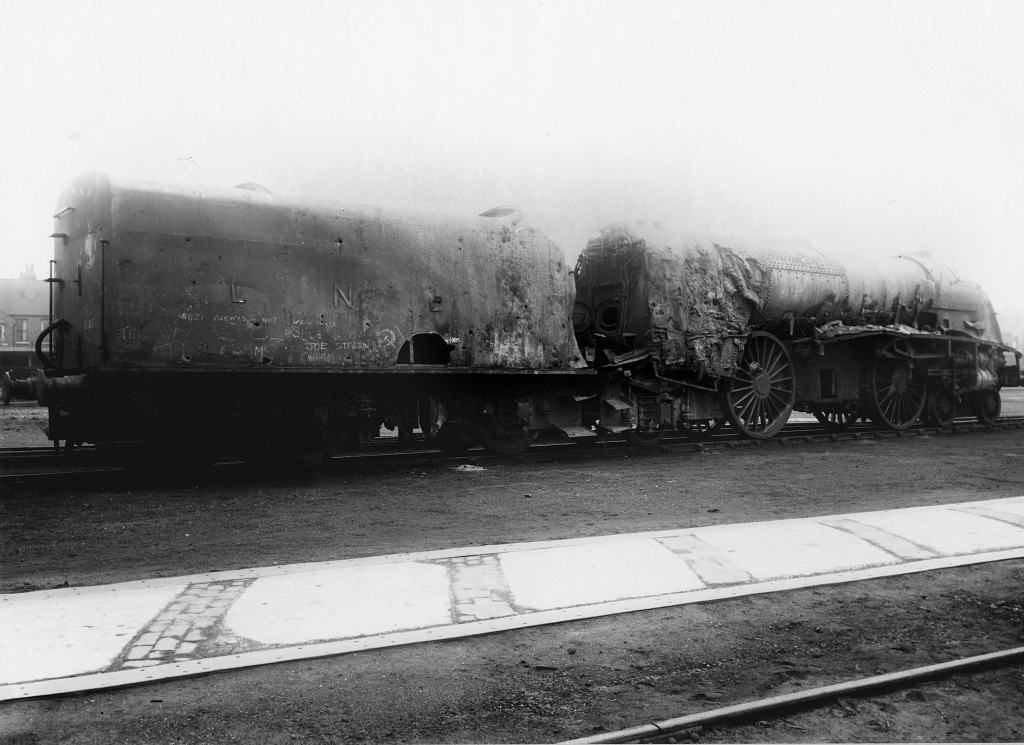
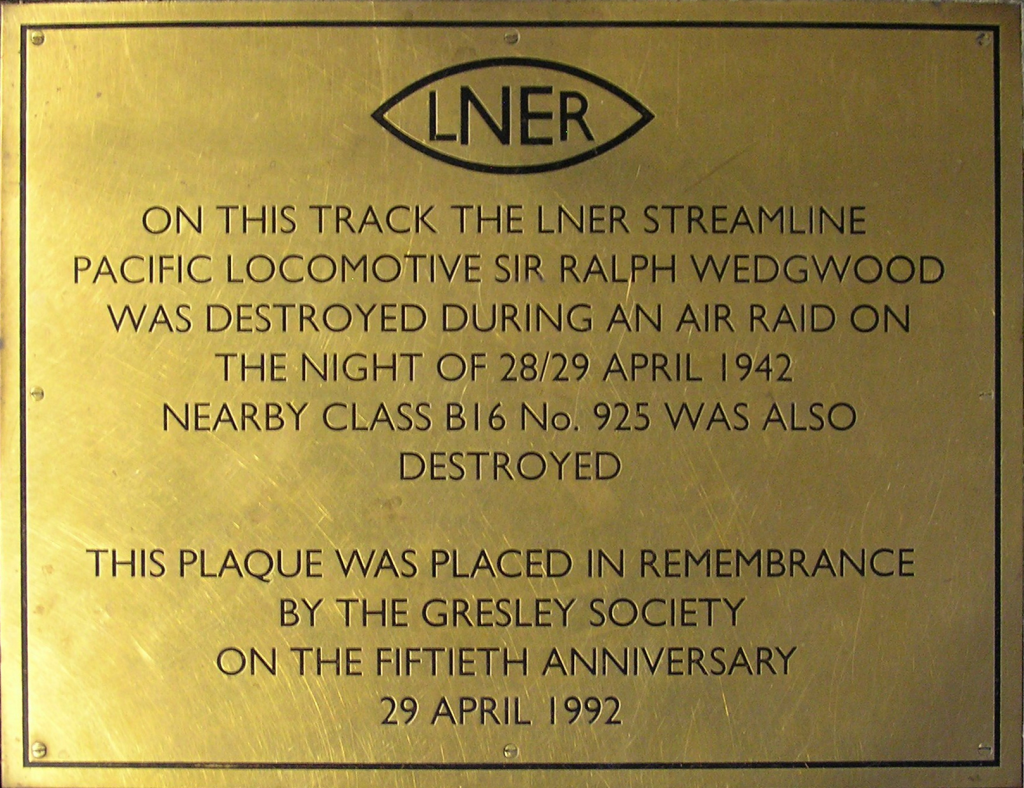
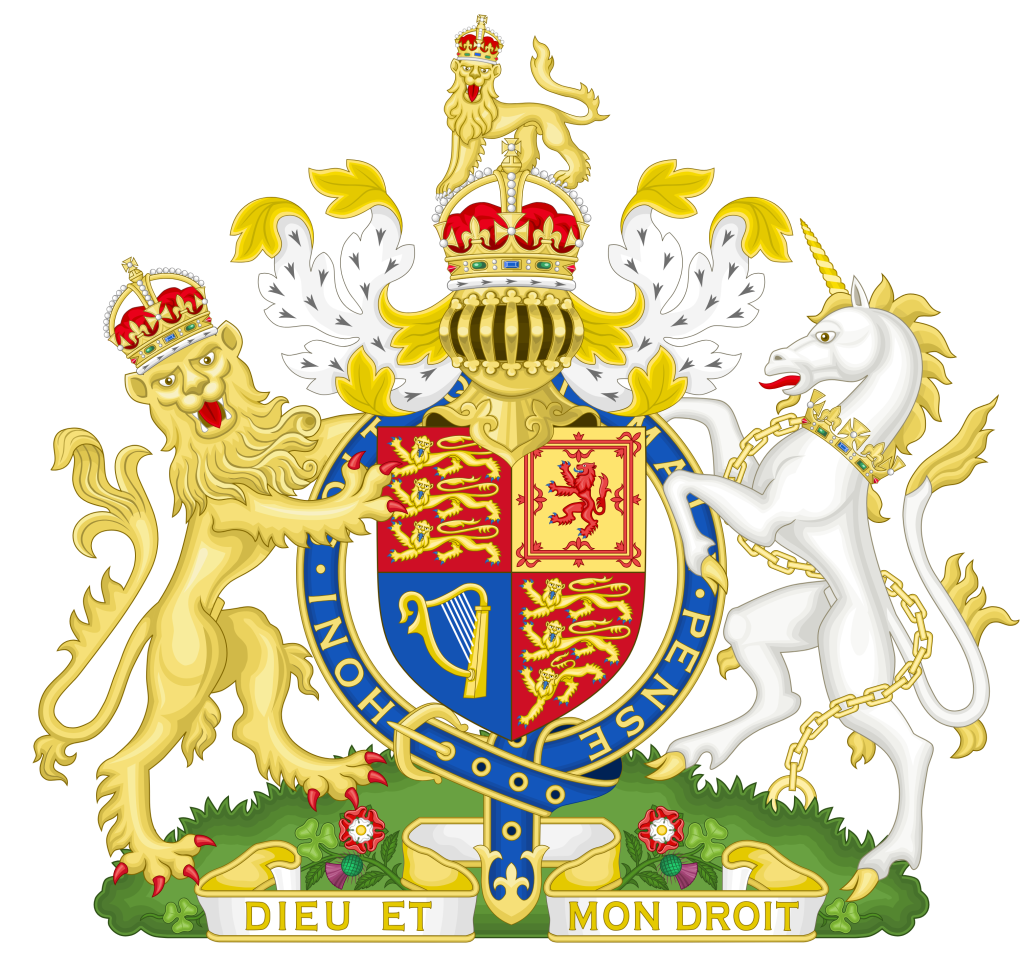
On the 3rd of June 1956, three years after the Coronation of Queen Elizabeth II, 60007 was honoured with the responsibility of operating the Royal Train from King’s Cross to York overnight, with Her Majesty the Queen and His Royal Highness The Duke of Edinburgh on board. The train was enroute to Teesport, where they sailed to Sweden aboard the Royal Yacht Britannia, on the 4th of June, for the young Queen’s inaugural State Visit as Monarch.
Standing proudly on the footplate that day, was Bill Hoole, who would later become renowned for setting 60007’s post-war speed record in 1959.
Unfortunately we cannot find any pictures of 60007 Sir Nigel Gresley on this auspicious occasion. However, this was not the last time an A4 Pacific would proudly lead the Royal Train.
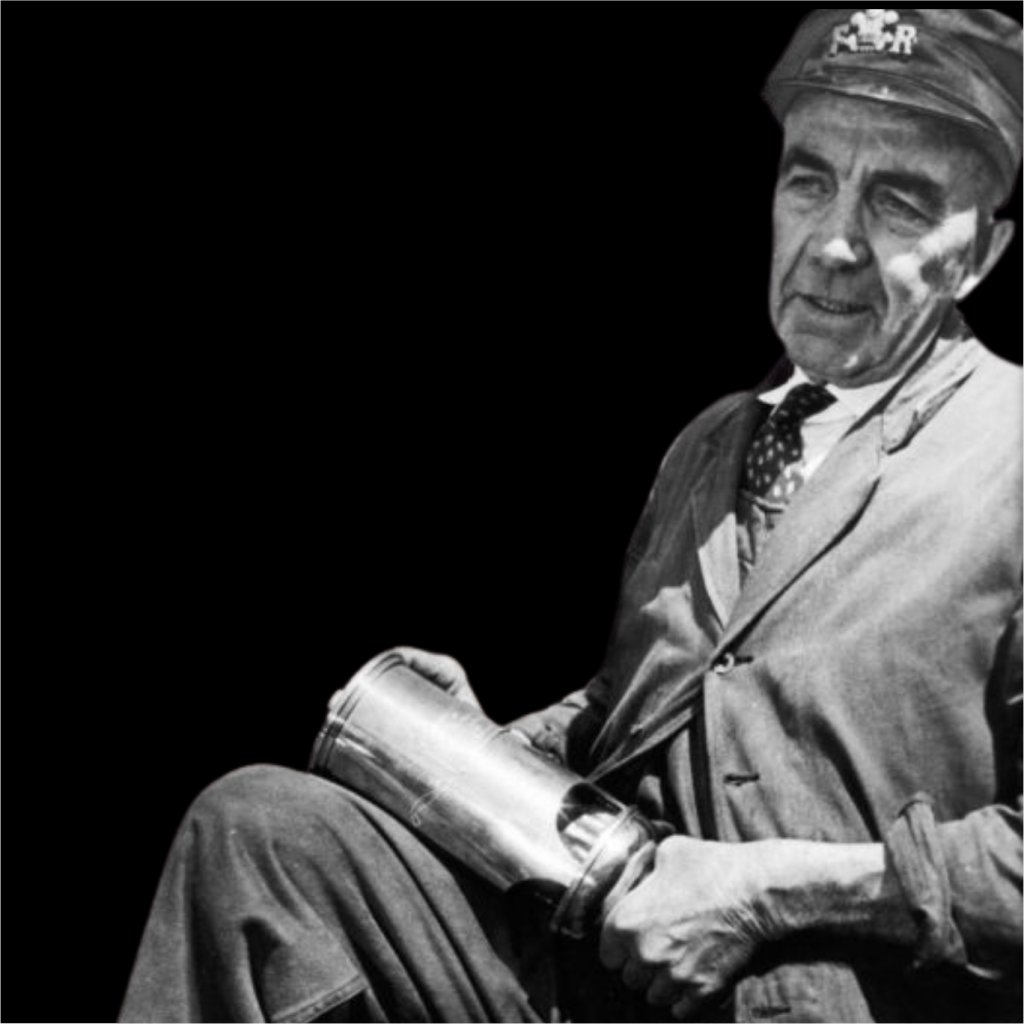
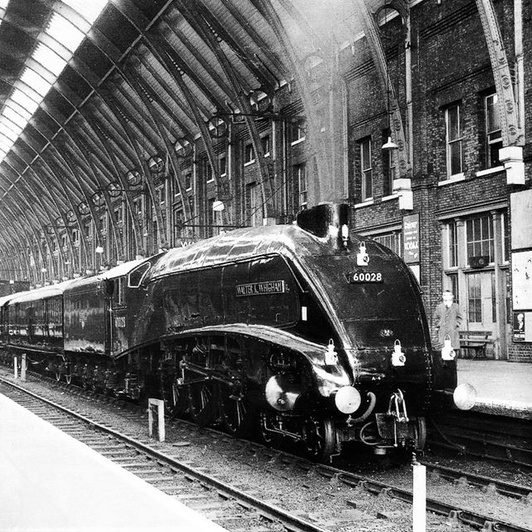
On the 8th of June 1961 a fleet of A4’s smartly glided across the rails, transporting the Queen, Prince Philip and other notable guests to the wedding of Prince Edward, the Duke of Kent to Katherine Worsley. The wedding was held in York Minster, the first time a Royal wedding had been held there since the marriage of Edward III in 1328.
Three A4’s ran from London Kings Cross to York that day: the Royal Train itself, hauled by 60028 ‘Walter K Whigham,’ and two other trains, pulled by 60003 ‘Andrew K McCosh’ and 60015 ‘Quicksilver,’ carried notable guests, including Prime Minister Harold MacMillan and his party. A fourth A4, 60014 ‘Silver Link,’ stood by at Kings Cross in case it was required.
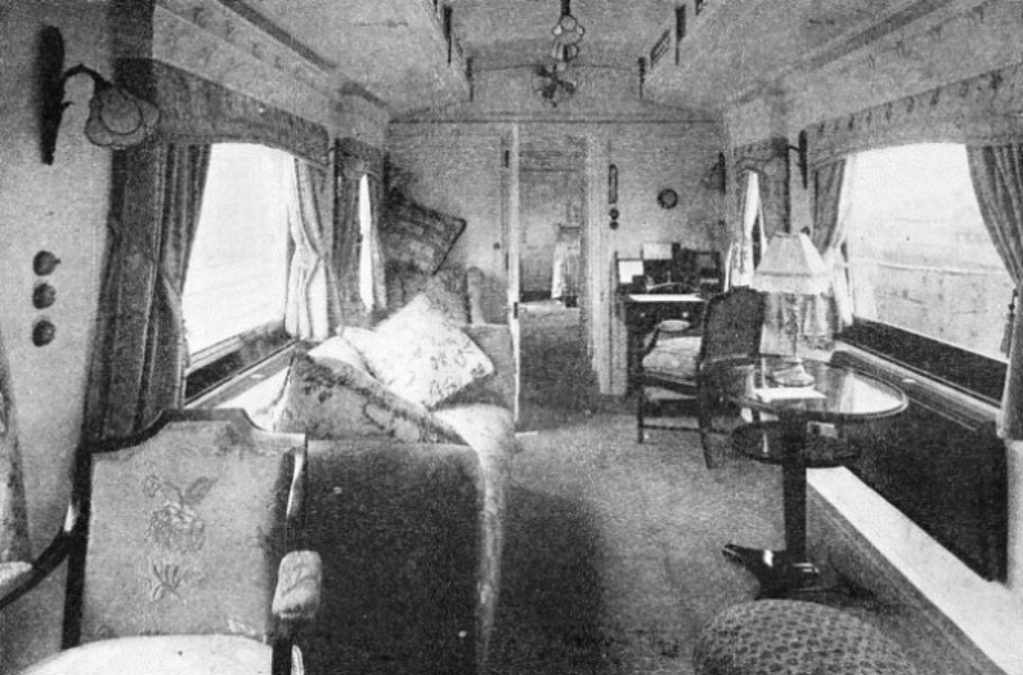
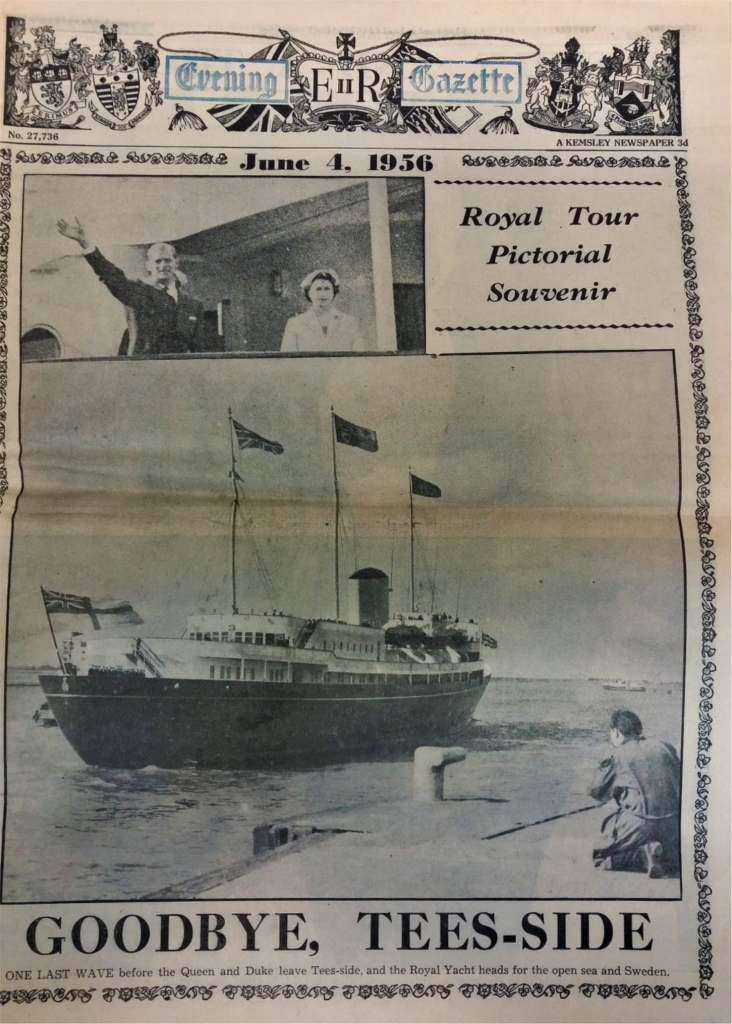
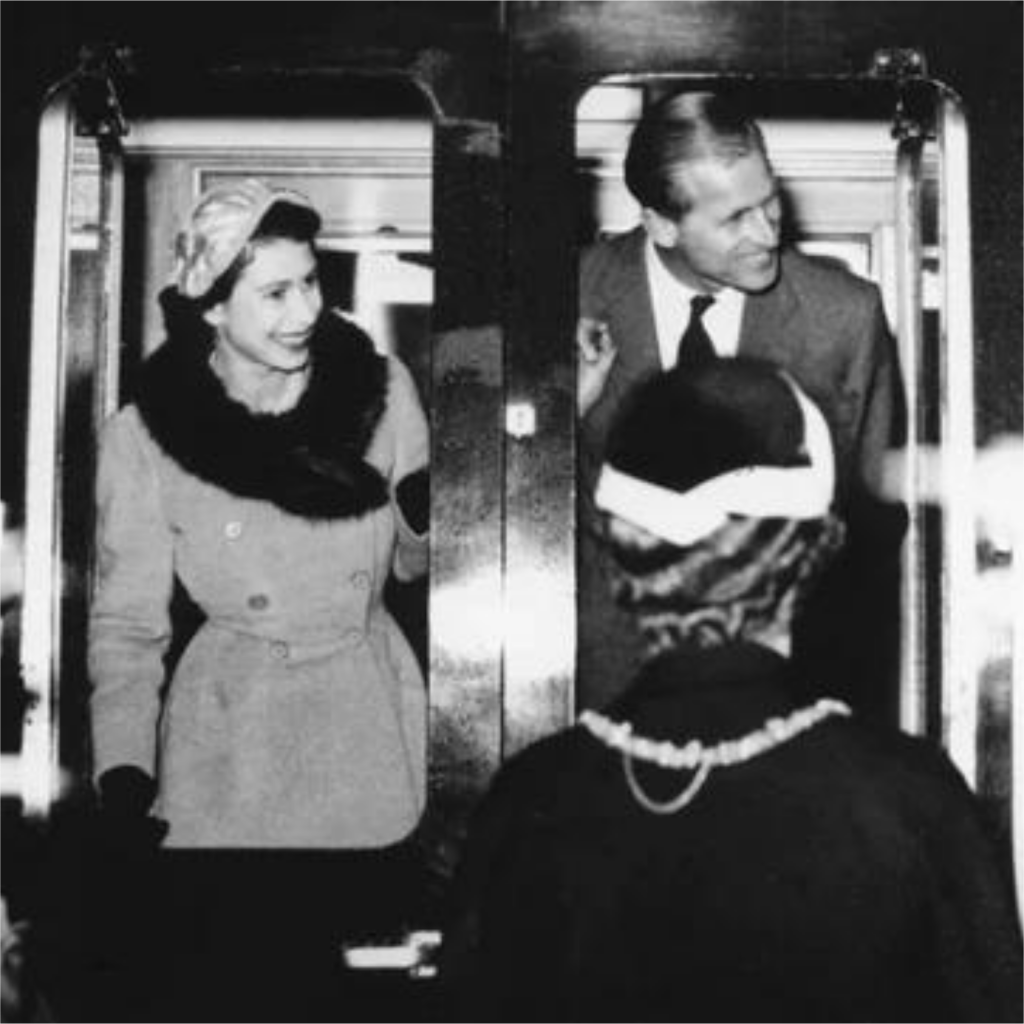
In 1958, the ascent of express diesels marked the end of A4s as the primary motive power on the
East Coast Mainline.
An idea surfaced for a farewell high-speed journey to commemorate the Stephenson Locomotive Society’s Golden Jubilee. 60007 Sir Nigel Gresley and driver Bill Hoole were selected, initiating planning with a general overhaul of 60007 in Doncaster in November 1958.
On May 23, 1959, an 8-coach train embarked from Doncaster to King’s Cross on this historic journey. On the locomotive’s footplate that day, driver Bill Hoole was accompanied by his fireman Alf Hancox, Chief Inspector Bert Dixon, Alan Pegler, and Cyril Palmer, the Motive Power Officer of the G.N. Line.
Departing Doncaster, the train swiftly reached 70mph within four miles and touched 80 after the 40mph restriction over Bawtry Viaduct, momentarily slowing at Retford. Speed again hit 80 at Dukeries Junction before easing. Near Newark, a track issue necessitated a reduction to 28mph at the base of the Stoke climb, impeding a higher speed through Grantham than the reported 75-80mph. Despite this, Stoke summit was passed at 75mph. On the footplate, Bill Hoole asked officials…
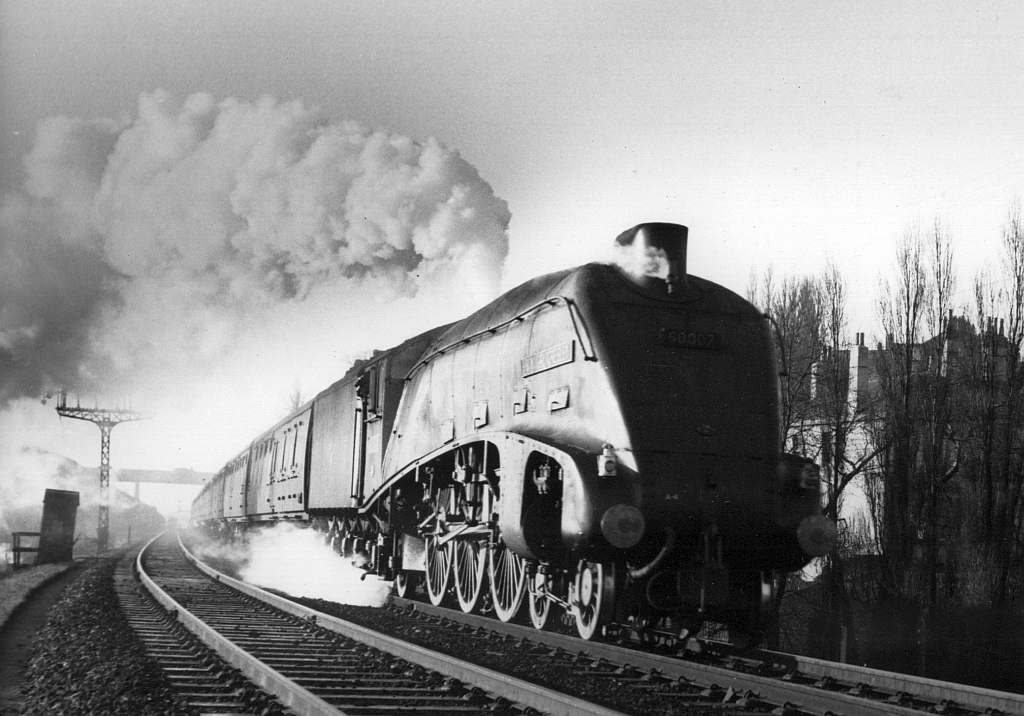
“Are we going to do it? You’ve got two minutes to make up your minds.”
Speeds surged to 99 before Corby Glen and peaked at 109 near Little Bytham, with Alf Hancox maintaining boiler pressure. Bill Hoole aimed to press on, but at 112mph, Alan Pegler signalled to ease off for safety.
A new post-war speed record was set, covering the 12.3 miles from Corby Glen to Tallington in just seven minutes and six seconds. Similar to Mallard’s record, this achievement occurred while descending southward from Stoke Bank. Notably, unlike Mallard’s run which was a special attempt, 60007’s accomplishment took place with a full train of passengers. The remainder of the journey proceeded smoothly, with the train arriving at King’s Cross four minutes ahead of schedule, covering the distance from Doncaster in 137 minutes and 38 seconds. This resulted in an actual average speed of 68mph over 156 miles.
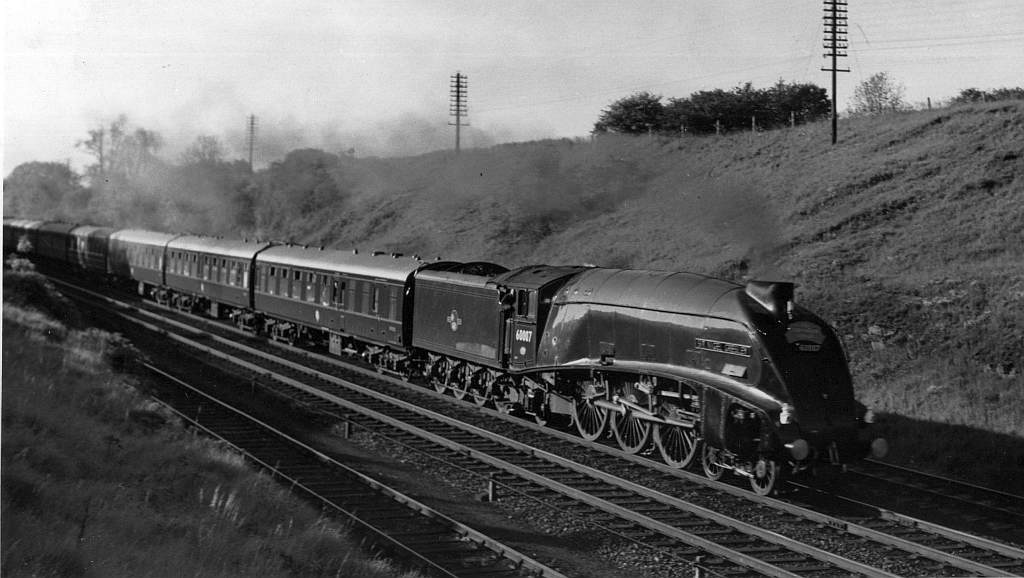
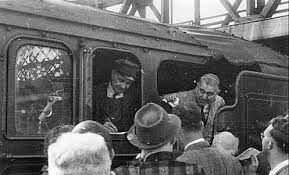
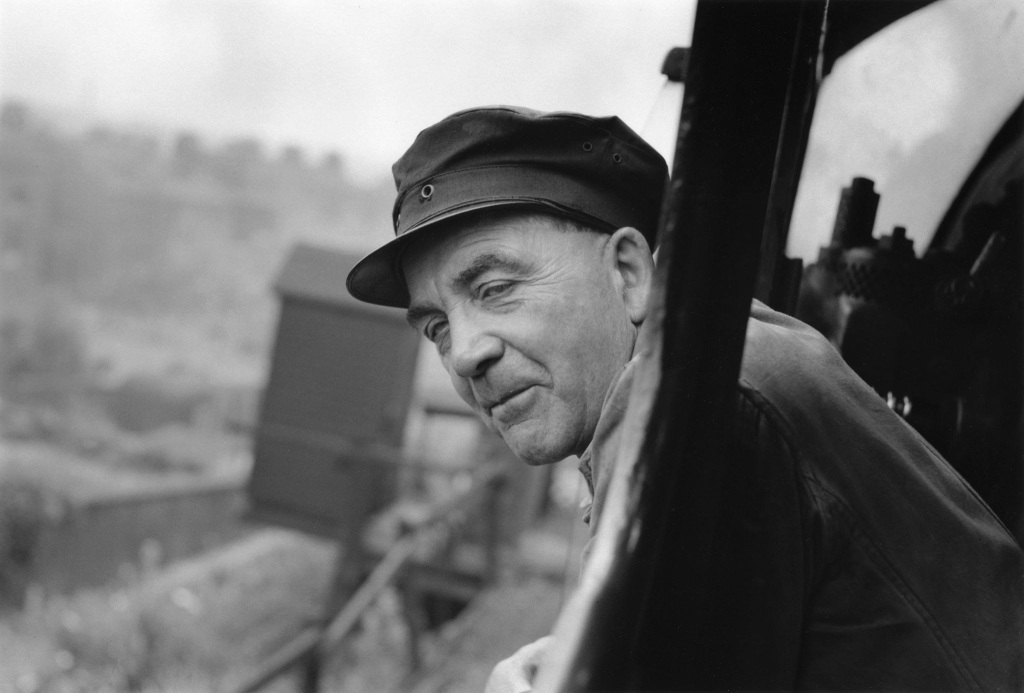
In one crucial aspect, Sir Nigel Gresley surpassed Mallard and Silver Fox, the latter reaching 113mph on the Silver Jubilee on August 27, 1936. 60007 completed the trip in perfect condition and was ready for work the following day,while the others experienced issues with hot middle ends. Within the next week, Bill had Sir Nigel Gresley surpass the 100mph mark again with Jack Boston on the footplate. The remarkable success of the Golden Jubilee Special stood as a tribute, providing a fitting grand finale for steam power on the East Coast Mainline.
The lingering question from that day is whether 60007 could have surpassed or equalled Mallard’s 126mph record. Bill Hoole, believed it was possible to beat that record with Sir Nigel Gresley, especially with a faster run through Grantham than the usual 70mph allowed. Hoole had previously achieved approximately 117mph down the bank with the standard 70mph restriction through Grantham, and with the 80mph permitted for the attempt, he speculated a potential speed of 127mph.
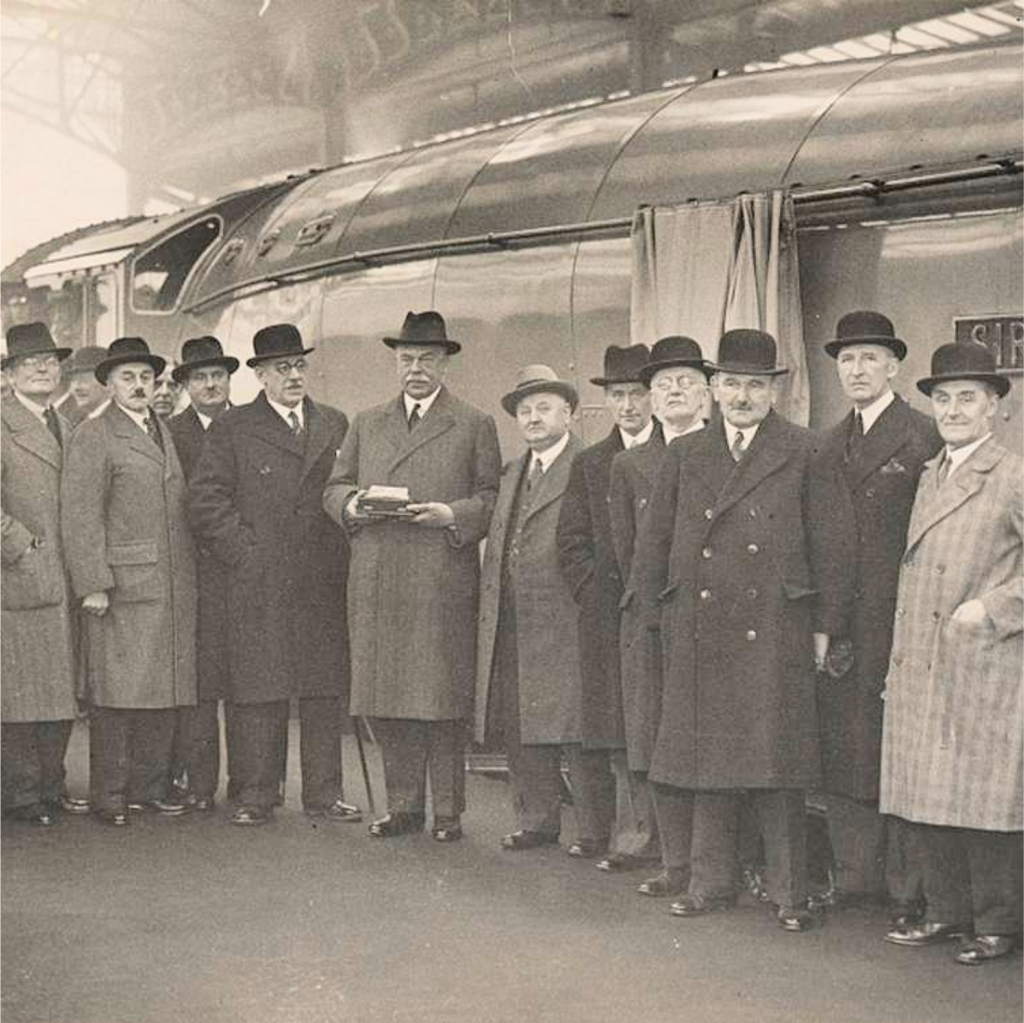
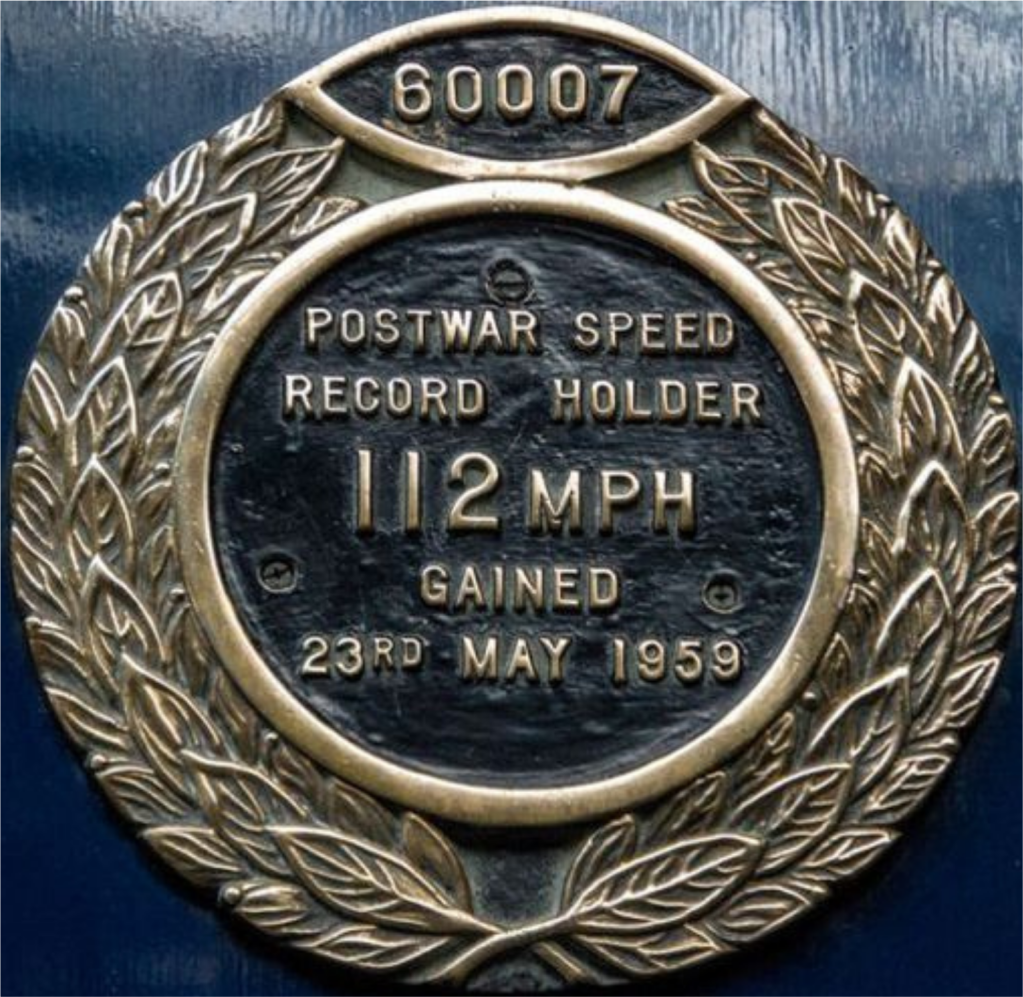
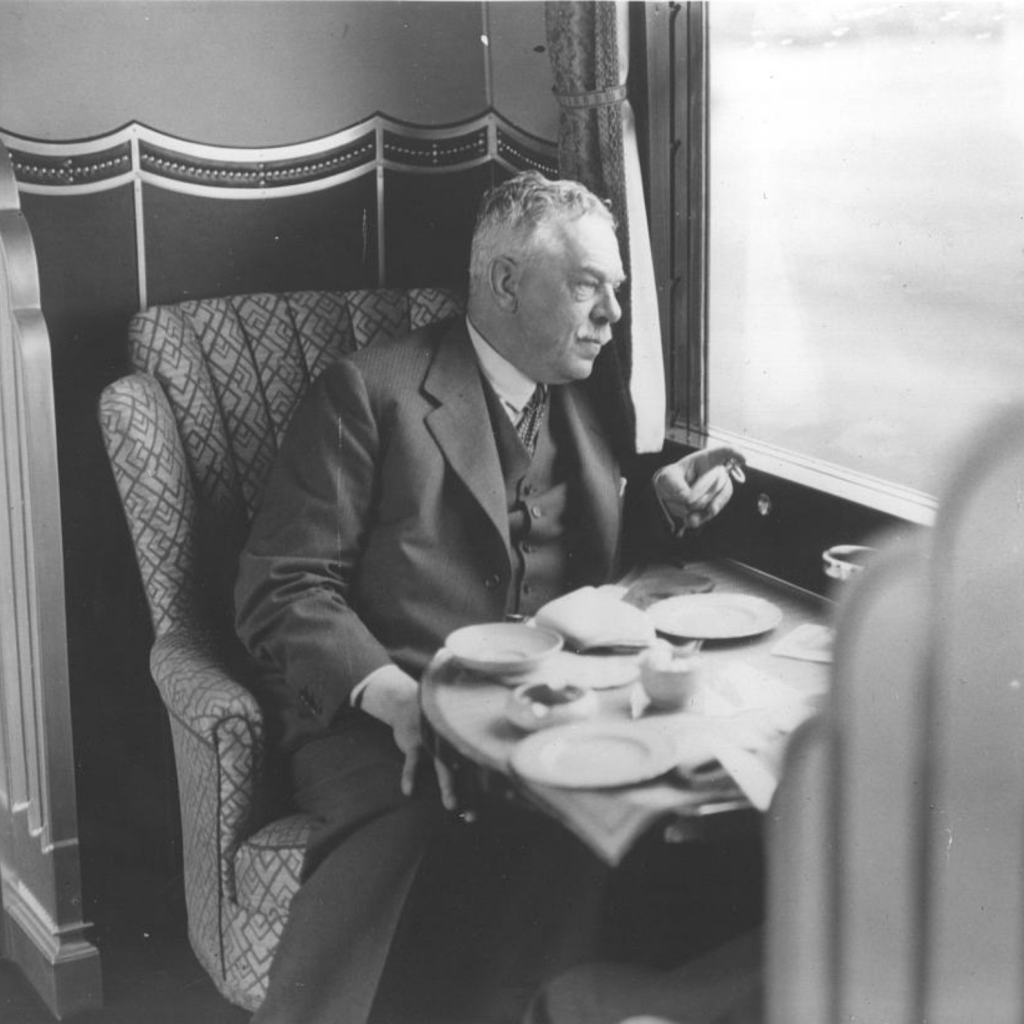
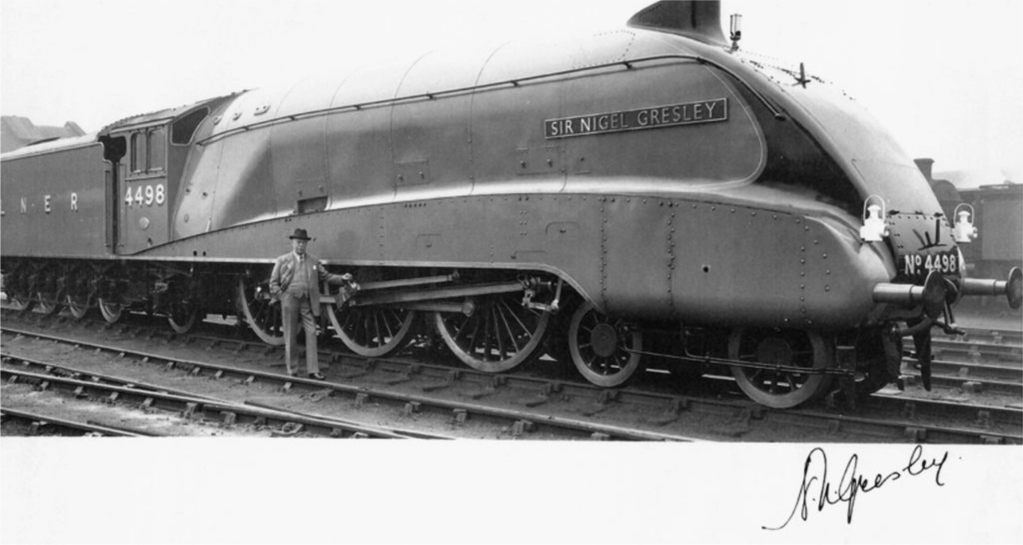
The Sir Nigel Gresley Locomotive Trust, is dedicated to preserving the legacy of this renowned steam engine.
Through meticulous restoration efforts and a commitment to operational excellence, the Trust ensures the continued existence and appreciation of this iconic steam locomotive. The Trust undertook an overhaul, between 2015 and 2022 marking a significant chapter in 60007’s storied history. Undertaken with meticulous attention to detail, the restoration efforts focussed on ensuring operational excellence and preserving her iconic status.
Various components were carefully examined, refurbished, or replaced, contributing to the locomotive’s continued reliability and authenticity. The overhaul, a collaborative effort involving skilled engineers and enthusiasts, not only breathed new life into this historic steam engine but also allowed her to continue captivating railway enthusiasts with her timeless charm on the tracks.

60007 MAJESTICALLY HAULED OUR HOLIDAY TO THE EDINBURGH CHRISTMAS MARKET IN NOVEMBER 2023 | MILEPOST 90¼
In a world dominated by modern trains, 60007 stands tall, a reminder of the golden age of steam and design.
She’s more than a locomotive, she’s a piece of living history, a testament to the ingenuity and craftsmanship of those who built her. As long as the tracks stretch out before her, 60007 Sir Nigel Gresley will remain a symbol of the romance and grandeur of steam locomotion, echoing through time and captivating the hearts of all who witness her majestic journey.
We’re very proud to count this beautiful and iconic locomotive among the steam engines that sweep some of our magical journeys across the rails. Find out more about 60007 on our website and discover the other steam locomotives that proudly haul our journeys. If you have your heart set on travelling behind this famed beauty, you can discover the journeys she will be leading for us in 2024, here:

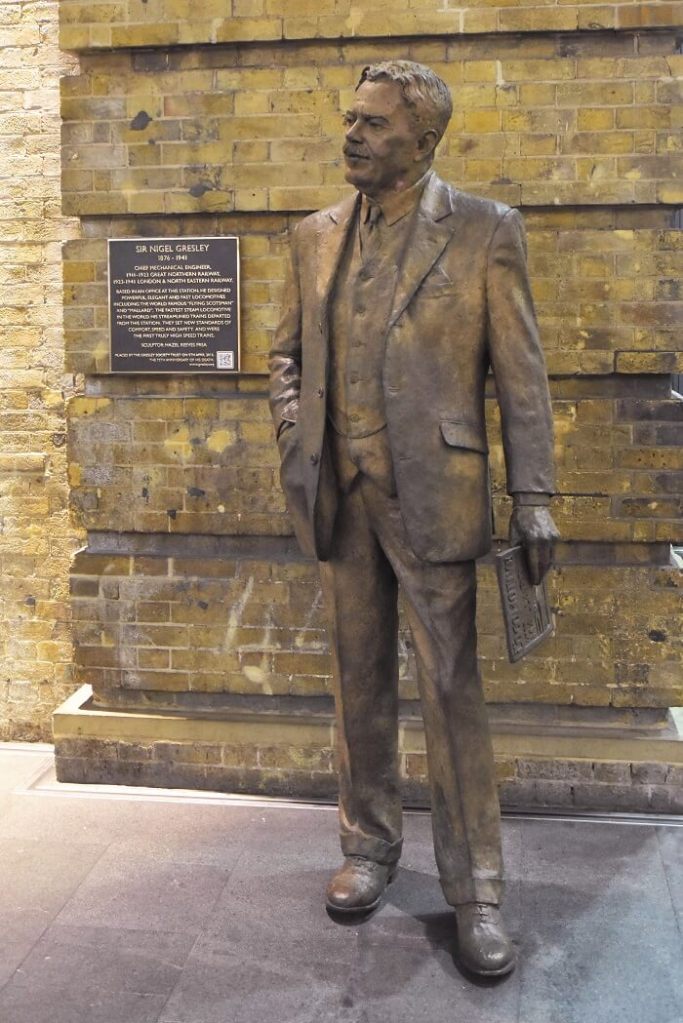
Should you ever be at King’s Cross station look out for this statue of Sir Nigel Gresley To mark the 75th anniversary of his death, by sculptor Hazel Reeves, unveiled at King’s Cross station in London on 5th April 2016. The statue depicts Sir Nigel looking out across King’s Cross station, London terminus of the LNER and clutching a copy of The Locomotive magazine.
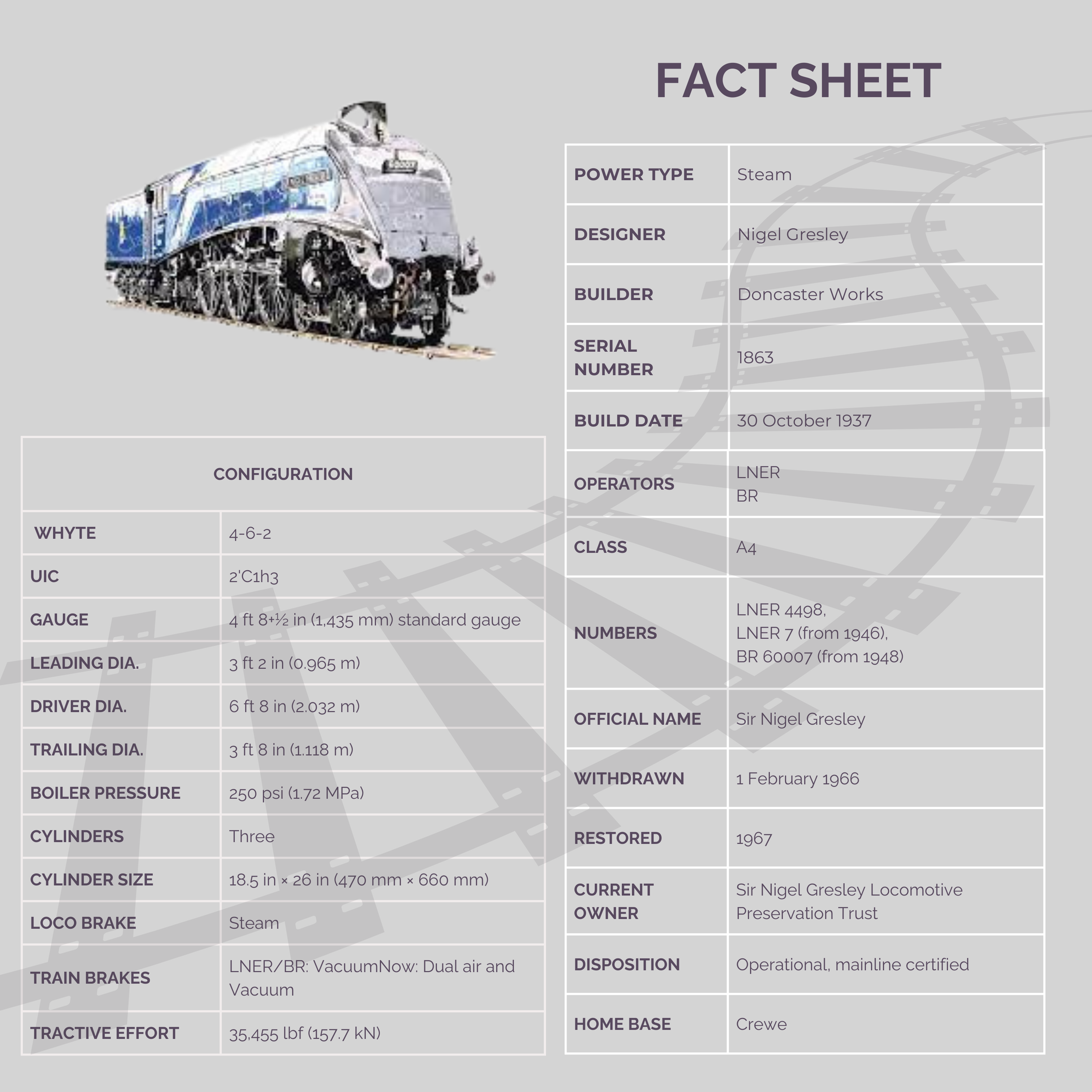
Discover our Carriages
Step into a world of vintage excellence, where every journey is a testament to timeless elegance.










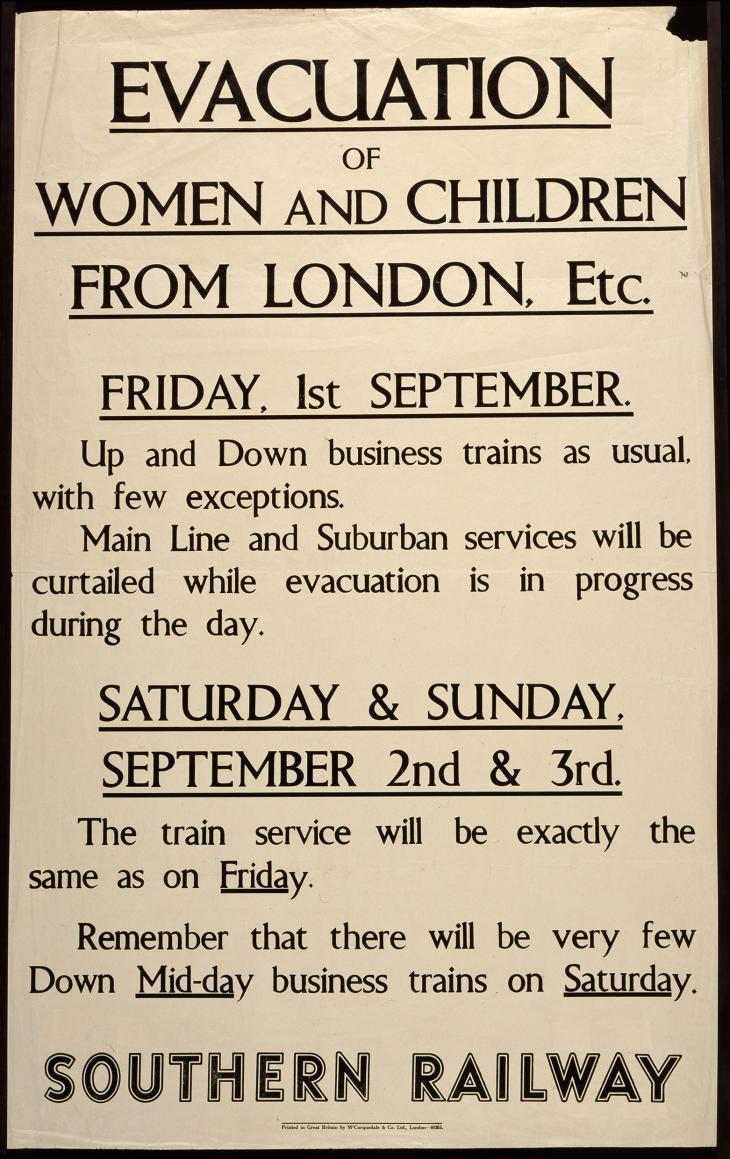



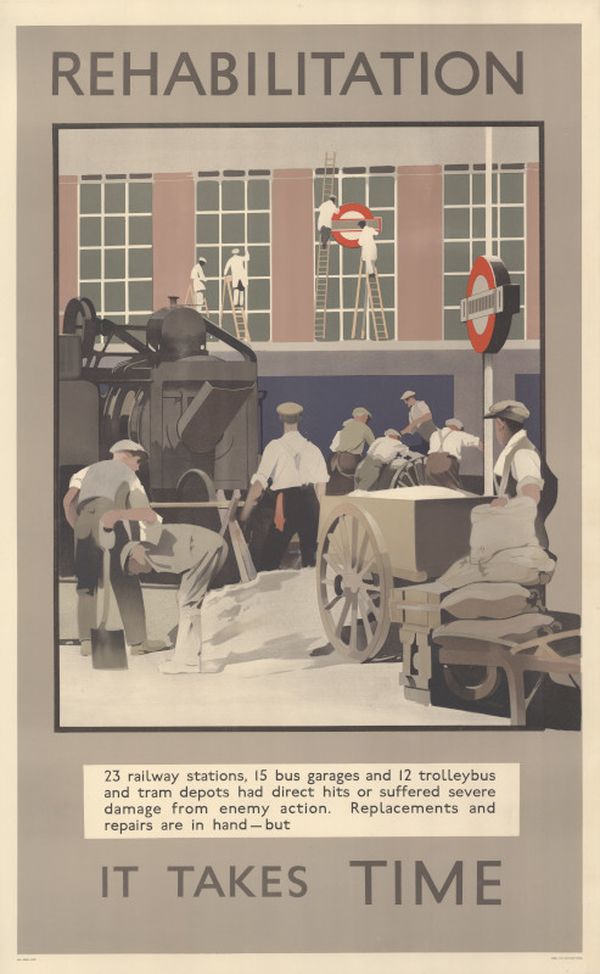
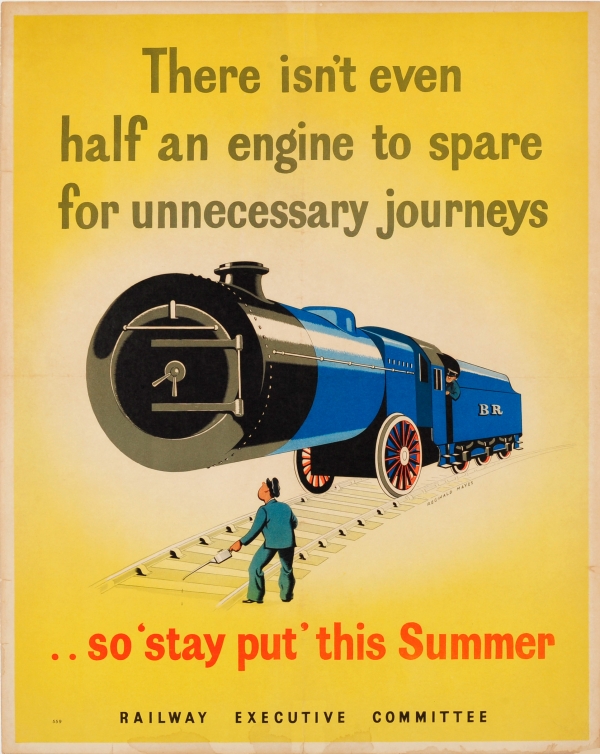
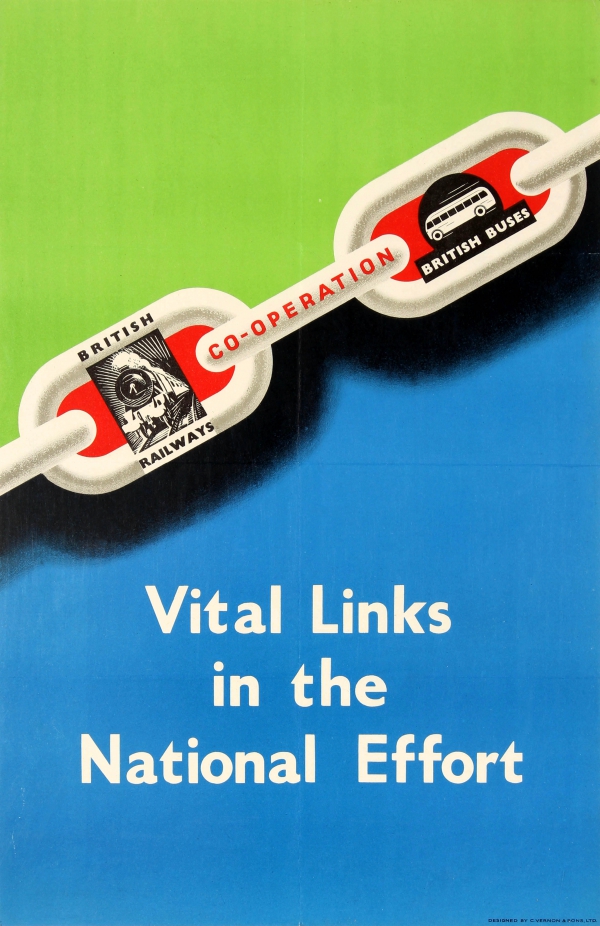

Leave a comment